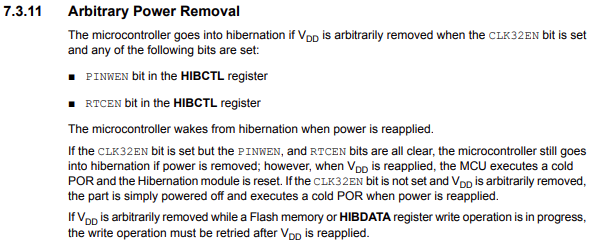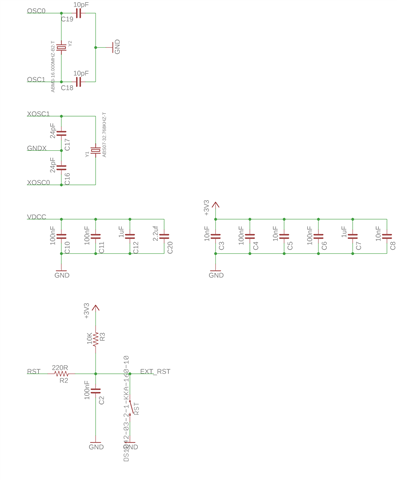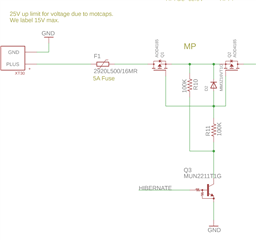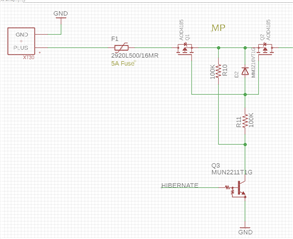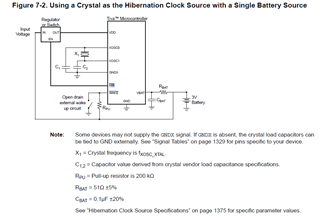Other Parts Discussed in Thread: EK-TM4C123GXL
Hello,
I have a custom circuit, with a wake up button, and hibernate pin controlling the power supply.
This is how I setup my hibernate module:
// Hibernate enable
SysCtlPeripheralEnable(SYSCTL_PERIPH_HIBERNATE);
HibernateEnableExpClk(SysCtlClockGet());
HibernateGPIORetentionDisable();
MAP_SysCtlDelay(1333333UL); // 50ms
HibernateWakeSet(HIBERNATE_WAKE_PIN);
And when needed, I use
HibernateRequest();
Which will put the device in hibernate mode, turn of the power supply, and wake up when wake button is pushed.
I observed that if the main power supply is disconnected, without putting the device in hibernate mode, the hibernate pin stays high, which will drain the battery, in a month or so.
Is there a way to work around this problem?
Best Regards,
C.A.


